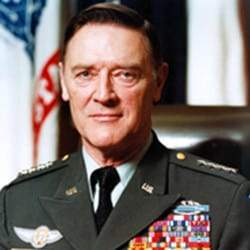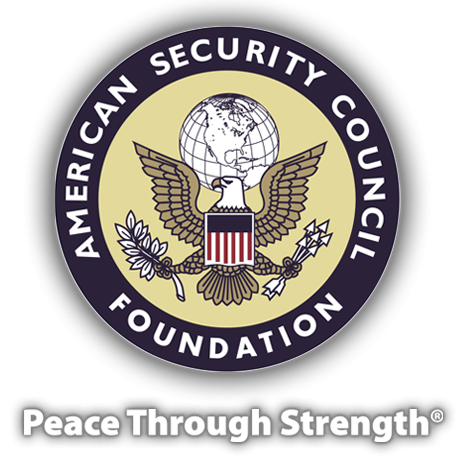Deepening the Command Climate Discussion

The January issue of ARMY carries a commentary headlined “Command Climate Guidance Falls Short”. It is a well-written study of the intent of rules and regulations addressing serious command climate issues such as equal opportunity and Sexual Harassment/Assault Response & Prevention. The article also presents the Defense Equal Opportunity Management Institute’s directions regarding “the official command climate survey tool”, the regulatory requirements provided in Army Regulation 600-20: Army Command Policy, and the Army’s Equal Opportunity Program. Collectively, these directives require Defense Institute surveys for which the preponderance of questions concern equal opportunity and SHARP and provide for the “feedback report” that identifies the “challenging leadership issues” to be dealt with.
The authors then identify the shortcomings of the program, the absence of attention to many other issues that affect command climate, and the overemphasis and selectivity on equal opportunity and SHARP. They call attention to the bureaucratic collection and management of data-to which I would add inaccuracies of the data in the first place. Such surveys obtain answers that range from fact to falsity and perhaps to fanciful, depending on each soldier’s reaction concerning the validity and appropriateness of the questions.
It is at this point that I disagree with the authors’ proposals for improving the effort, which I interpret as more of the same. The seek to increase the size of the surveys, generate more questions, pinpoint specific issues, develop a new instrument to assess command climate, provide more direction tools, and demand better results from commanders; all in all, bigger, better, and greater administrative burden. In my opinion, this whole subject is a politically correct issue looking for the military services to test social theory and provide test beds concerned with interpersonal relationships.
Further in my opinion, command climate is determined by commanders and how they create confidence among their soldiers, squad and platoon leaders in their ability to successfully accomplish the mission. If every soldier knows that he or she can perform the role, believes that his or her squad and platoon mates can perform theirs and that is the unit he or she is willing to go to war with, the fundamental command requirement is met.
The second requirement is an acceptance that the higher-echelon commanders are qualified and capable; and that they will make proper decisions, ensure adequate support, and take corrective action when mistakes have been made or problems identified. Meeting those two requirements successfully results in a worthy and effective command climate.
There are uncounted number of issues that commanders must deal with, equal opportunity and SHARP among them, but they are no more or less demanding than an excessive deadline rate in the motor pool, marksmanship qualification scores, physical conditioning, or family dissatisfaction with their medical care or the inadequacies of the commissary. All issues have to be recognized and dealt with appropriately.
This is not to say that the Army does not have command climate problems. Not all commanders recognize the relative importance of each issue or make the best decisions dealing with them. Many issues are beyond their control because supplies, equipment, training facilities or money are not available to alleviate a problem. But as long as the command chain is aware of a problem and is taking what action it can, the command climate will remain satisfactory.
This is also not to say that problems unattended or ignored or caused by higher echelons of decision-makers do not affect command climate. The presence of nondeployables in the ranks, the limitations on numbers committed to combat missions, excessive or inappropriate rules of engagement, a backlog of maintenance and repair, failure to routinely modernize equipment and yes, the demands for addressing such things as equal opportunity, SHARP and other social issues have a definite impact on command climate. The Army can do little more than identify those issues and hope that they will be remedied by a more concerned DoD or Congress.
Gen. Frederick J. Kroesen, USA Ret., formerly served as vice chief of staff of the U.S. Army and commander in chief of U.S. Army Europe. He is a senior fellow of AUSA’s Institute of Land Warfare.
This article originally appeared in ARMY magazine, Vol. 67, No. 3, March 2017. Reprinted by permission. Copyright 2017 by the Association of the United States Army, all rights reserved.











